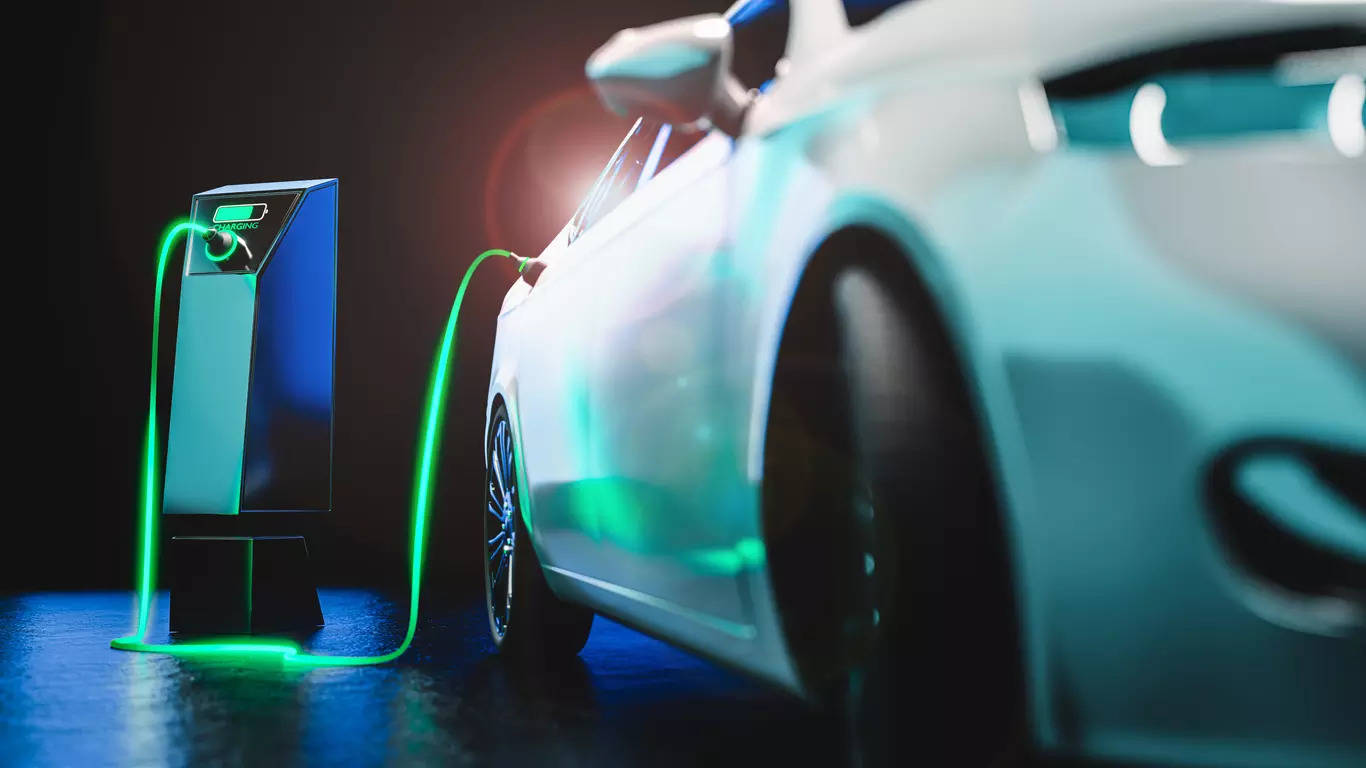
The landscape of the Chinese automotive market is undergoing a seismic shift as Battery Electric Vehicles (BEVs) and Plug-In Hybrid Electric Vehicles (PHEVs) make their mark with attractive price points. According to a comprehensive research analysis conducted by S&P Global Mobility, mainland Chinese consumers are rapidly transitioning towards New Energy Vehicles (NEVs), setting the stage for remarkable growth in electrified vehicle sales by 2030.S&P Global Mobility’s forecast highlights a remarkable surge in electrified vehicle sales in mainland China over the next decade, with a remarkable two-thirds of these vehicles being pure battery-electric. Notably, NEV exports are also witnessing a sharp uptick, pointing to the growing international demand for China’s electric vehicle technology.
New energy vehicle production
S&P Global Mobility projects that NEV passenger car production in mainland China will surge to 8.1 million units in 2023, an impressive figure that is projected to nearly triple to 21.2 million annual units by 2030. A significant shift is expected in the composition, with BEVs comprising 58% of the mainland China passenger vehicle production by 2030, compared to around 25% in 2023.
Chinese domestic automakers are now taking the lead in the hybrid market, leveraging advanced dedicated plug-in-hybrid technology to gain market share. In a notable contrast to Japanese brands’ domination of the full-hybrid market, Chinese OEMs are gaining traction with their Plug-In Hybrid Electric Vehicles (PHEVs). The absence of NEV incentives for Parallel Full-Hybrids (FHEVs) has put Japanese brands at a disadvantage in competing with Chinese PHEVs.
In this context, Chinese brands like BYD, Great Wall, Geely, Changan, GAC, and Chery have made significant strides in developing PHEVs, positioning them as a crucial element of China’s NEV strategy by 2030. Notably, Chinese government support, including purchase tax reductions, has spurred this progress.
While PHEV technology is anticipated to act as a bridge towards wider BEV adoption, the long-term trend undeniably favors battery-electric vehicles. Although established automakers have taken a gradual approach to BEV introduction, newer entrants are aggressively embracing battery-electric technology.
Organic consumer demand
While government policies and subsidies have historically driven the development of China’s electrified vehicle market, organic consumer demand is now emerging as a key factor. While direct purchase subsidies are being phased out, tax incentives and other perks, such as free or subsidized license plates for BEV owners in certain cities, will continue to bolster market growth.
Despite the incentives in place, the cost of batteries has long been a stumbling block for widespread consumer adoption of electric vehicles. Fluctuations in the price of raw materials used in EV batteries, experienced in mid-2022, have impacted overall vehicle costs. This circumstance has prompted automakers to lean towards plug-in hybrid technology, a strategy aimed at maintaining affordability while delivering commendable fuel efficiency.
Encouragingly, there have been noteworthy advancements in reducing costs in both the BEV and PHEV segments. Growing consumer demand, fuelled by continuous improvements in battery density, is leading to enhanced range and lower entry prices for vehicles with shorter ranges. The expansion of charging infrastructure further supports the upward trajectory of electrified vehicles.
S&P Global Mobility’s analysis underscores the transformative momentum of China’s EV market, highlighting a rapid shift towards mainstream EV adoption driven by consumer demand, innovative technologies, and strategic government support.
















